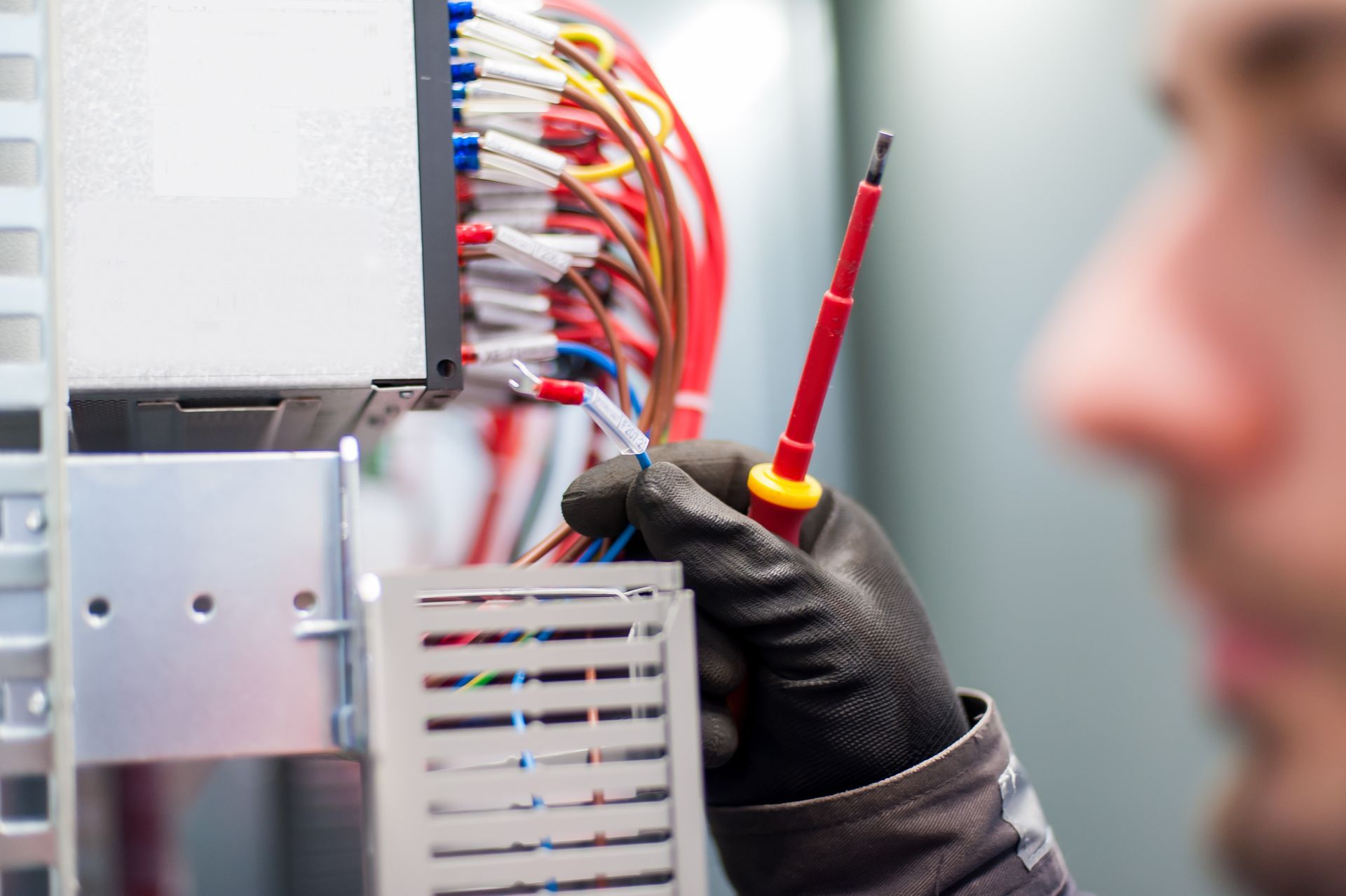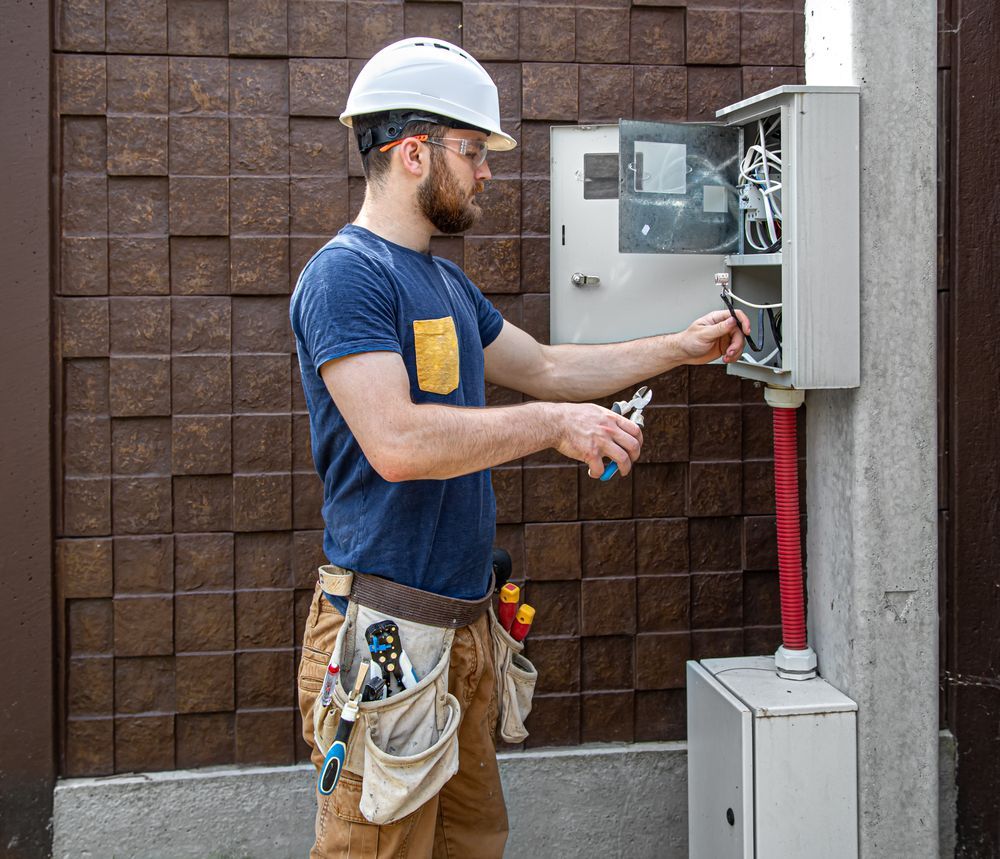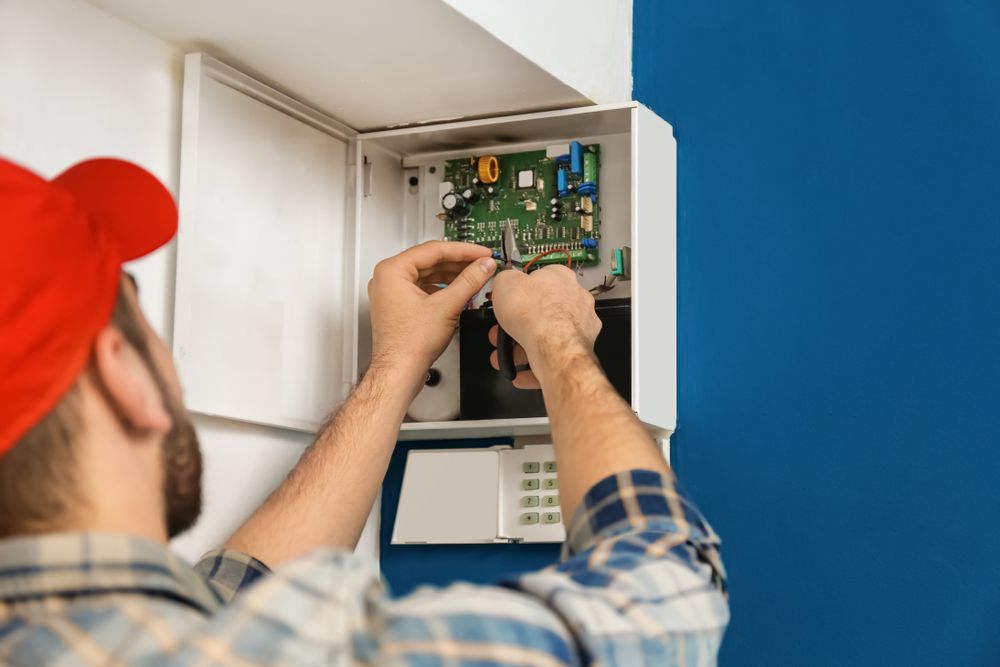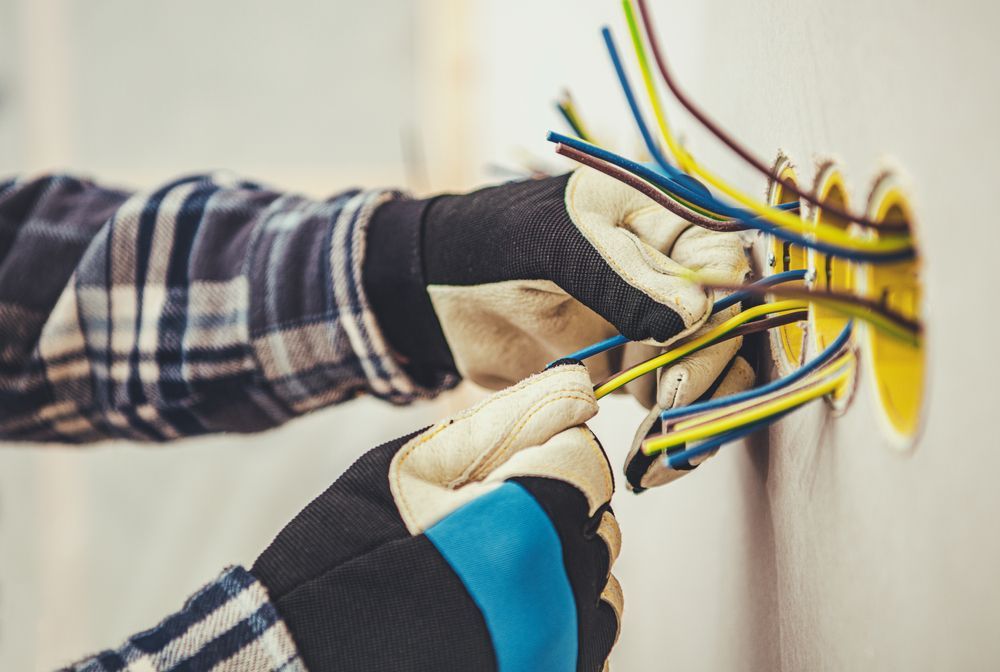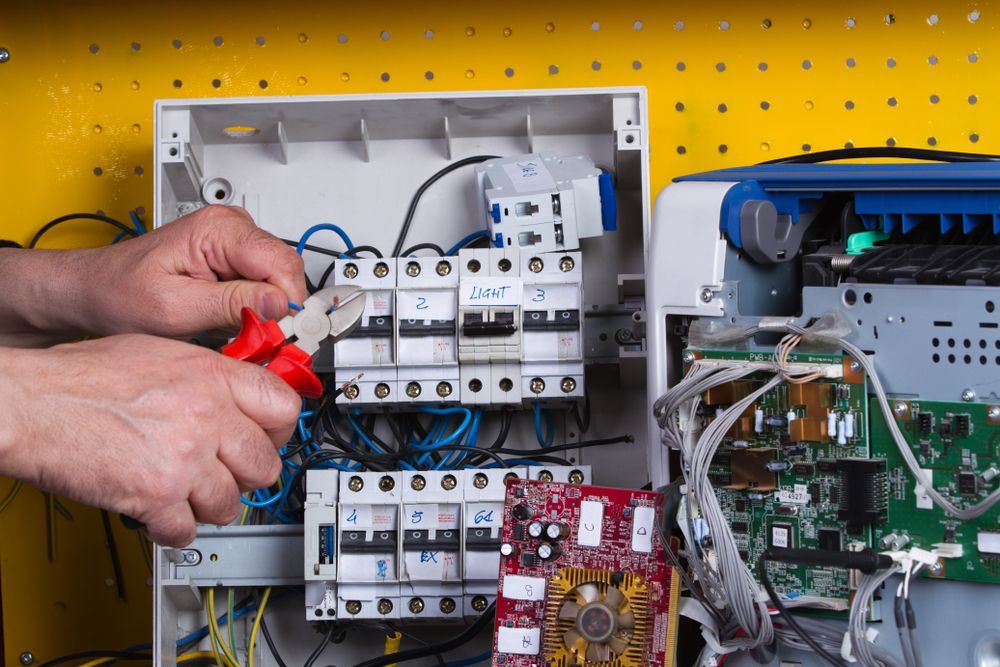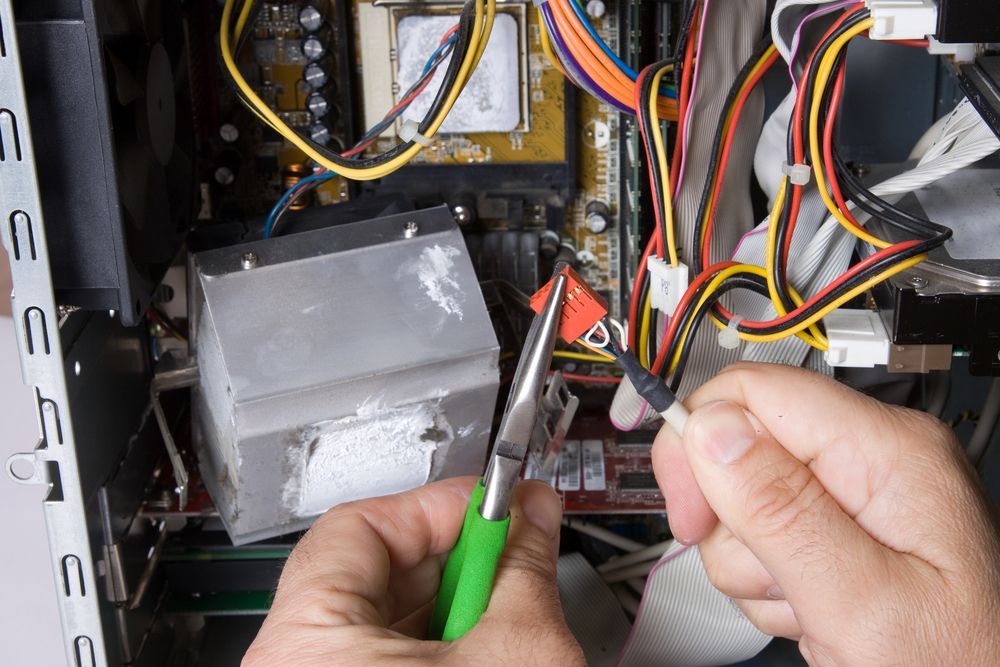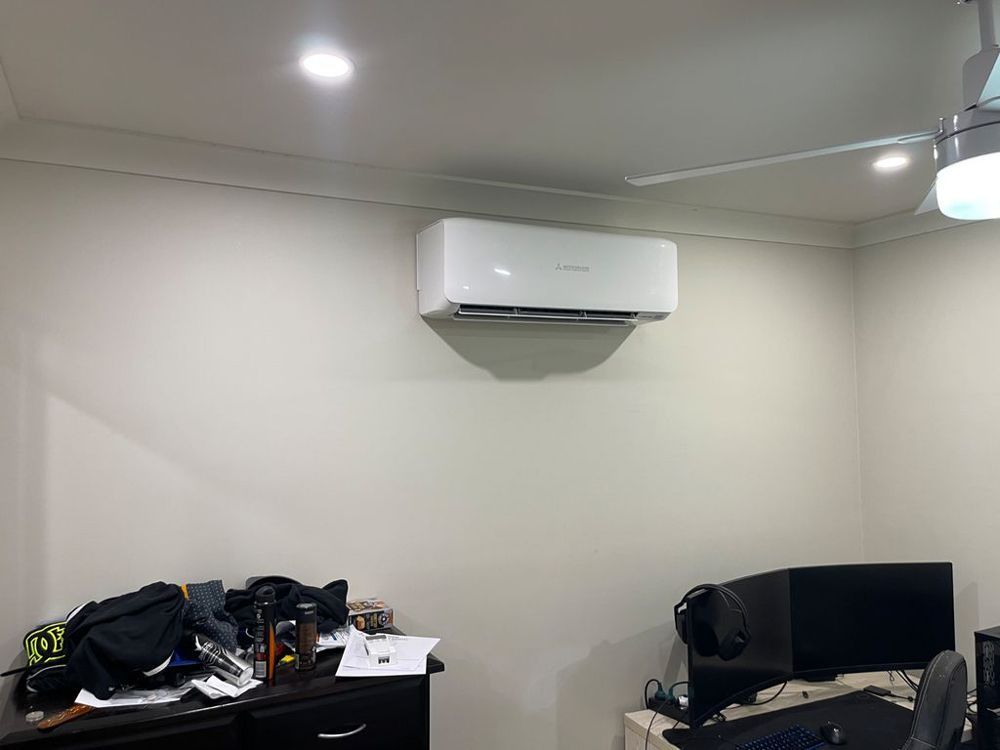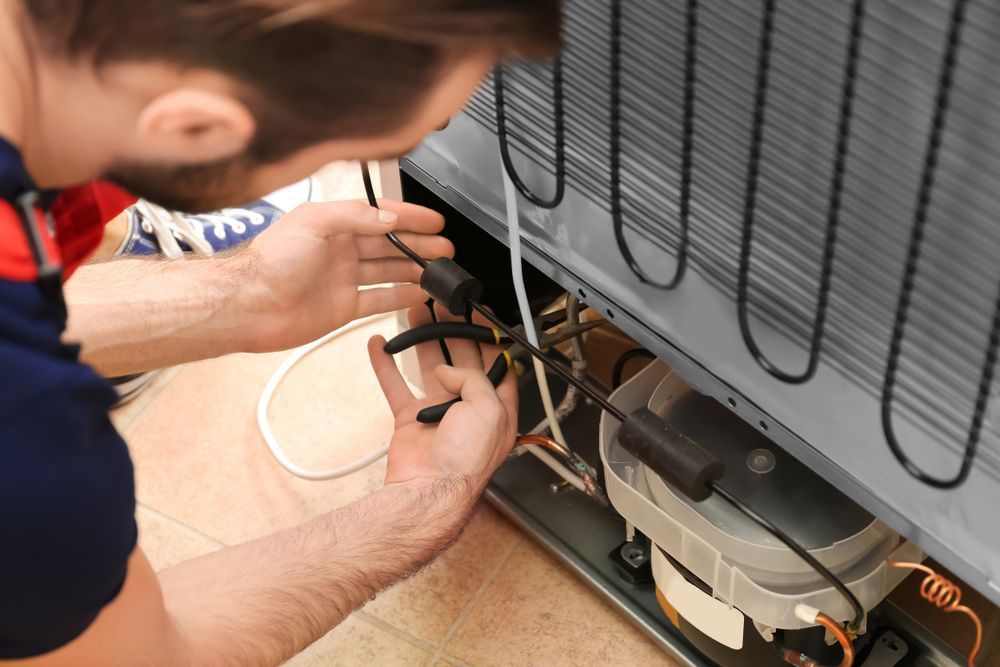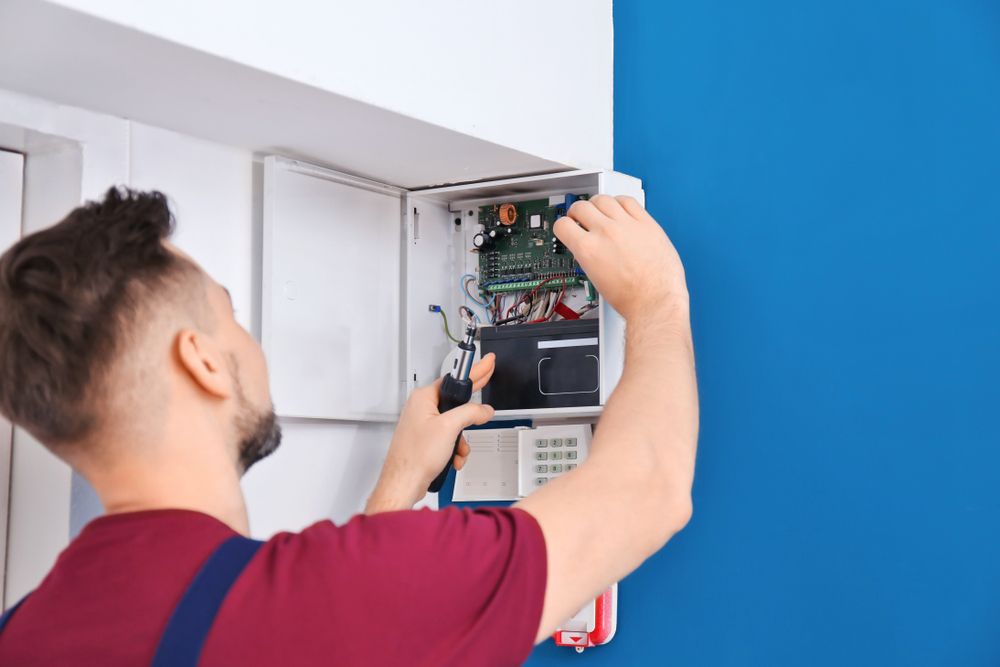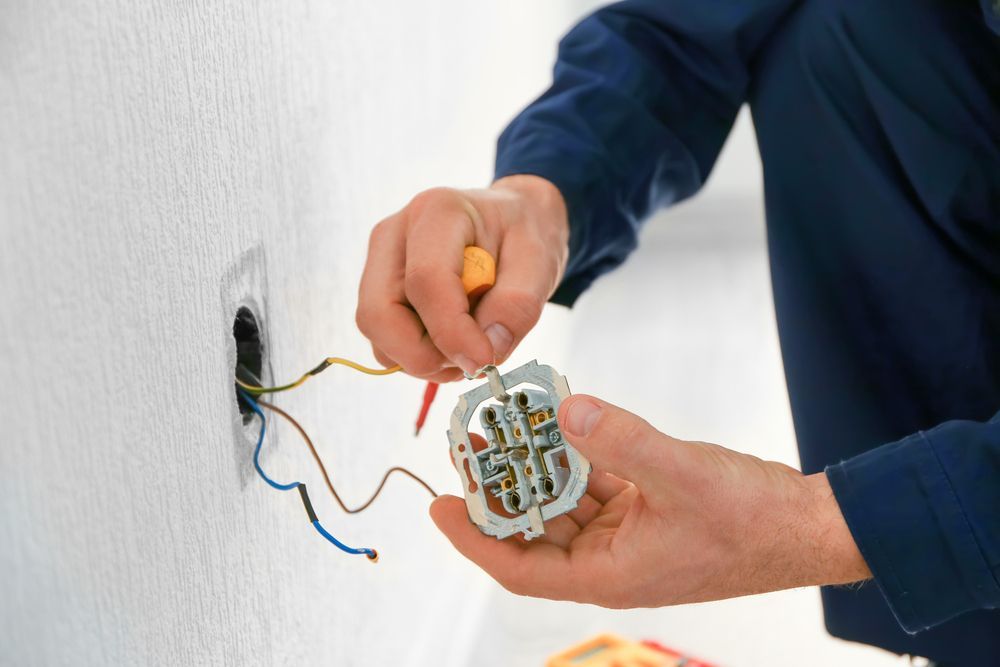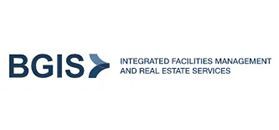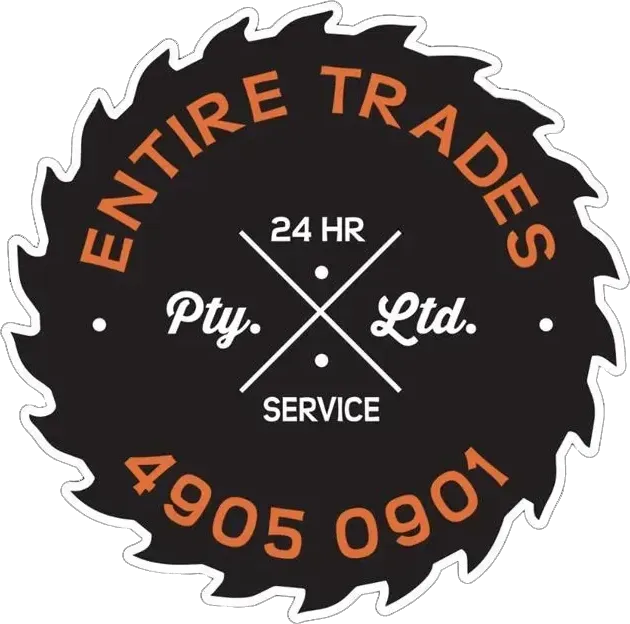The Most Common Electrical Problems in Australian Homes
Australia’s housing landscape features a mix of heritage properties and newer builds, which can present unique electrical challenges. Many older homes were constructed when electricity demand was much lower. Today, we rely on multiple high-powered appliances and an array of electronic devices, all of which increase the strain on electrical systems.
If left unresolved, electrical issues can result in fire hazards, appliance damage and inefficiency. On top of this, undiagnosed problems may inflate energy bills. As homes age, issues such as outdated wiring or overloaded circuits become more common, making it essential to schedule inspections with a licensed local electrician.
The good news is that most of these issues are preventable. Knowing what to look for and how to manage these problems through regular maintenance will help Australian homeowners keep their properties safe and efficient.
Outdated Wiring
Outdated wiring systems are common in Australian homes, particularly those built before the 1980s. Cloth-insulated and knob-and-tube wiring were once standard, but these methods no longer meet today’s safety expectations. Cloth insulation can break down, leaving wires exposed, while knob-and-tube systems lack grounding, posing a shock hazard.
Aside from safety risks, old wiring struggles to support the energy demands of modern households. According to Smart Lifestyle Australia, the average home uses approximately 18 kilowatts of electricity each day—something older systems simply weren’t designed to handle. Homes with outdated wiring are also more prone to short circuits and overheating, which can lead to fires.
To mitigate these risks, homeowners should schedule routine assessments with a qualified local electrician. They can evaluate your system, determine whether rewiring is necessary and carry out upgrades to bring your home in line with Australian safety codes.
Circuit Overloads
Circuit overloads occur when the total energy draw on a single circuit exceeds what it was designed to handle. In modern homes, this often results from the combined use of high-power devices like kettles, air conditioners, washing machines and gaming consoles, all on one circuit.
Overloads can lead to tripped breakers, warm switch plates, buzzing sounds or even burning smells. These signs are not just inconvenient—they're warnings of potential fire risks. If you experience any of these symptoms, consult a local electrician right away.
Prevention strategies include spreading appliances across multiple circuits, using power boards safely and installing dedicated lines for major devices. A local electrician can assess your home's current load and offer tailored solutions, including additional circuits or subpanels, if needed.
Circuit Breakers Issues
Circuit breakers are your home's first line of defence against electrical faults. When working properly, they trip automatically to shut off power in the event of an overload or short circuit, protecting wiring and devices from damage.
If your circuit breakers trip frequently, it's not just a nuisance—it may indicate a deeper issue such as overloaded circuits or deteriorating wiring. It’s wise to schedule a safety inspection with a local electrician, who can evaluate your switchboard and ensure all breakers are functioning as they should.
Maintenance tasks include keeping the electrical panel area clear, testing breakers and tightening loose connections. These simple steps, when paired with professional oversight, can extend the life of your electrical system and minimise disruptions.
Power Surges
Power surges are sudden spikes in voltage that can damage or destroy appliances and electronic devices. They can be caused by external factors such as lightning or internal ones like switching on a large appliance. Although brief, these spikes can slowly degrade electronics and cause long-term damage.
Homeowners should look into surge protection solutions such as plug-in surge protectors or whole-home systems installed at the main switchboard. These systems can intercept excess voltage before it reaches sensitive devices.
For ongoing surge problems, a local electrician can investigate the root causes and recommend advanced solutions, like isolators or load management tools. Investing in protection now can save thousands in future appliance replacements or data loss.
Ageing Electrical Panel
Many Australian homes were built with older switchboards that can't keep up with today’s power needs. If you’ve recently renovated, added new appliances or installed air conditioning, your panel may need an upgrade.
Older panels often have insufficient amperage, which limits how much electricity your home can use safely. If your lights flicker when appliances are turned on or your fuses frequently blow, these are signs your panel may be struggling.
A local electrician can determine whether your existing panel can handle your usage. If not, they’ll recommend a modern upgrade or the installation of a subpanel to provide extra capacity. This ensures your system remains both safe and efficient.
Hidden Fire Risks
Many electrical hazards go unnoticed until it’s too late. Loose outlets, cracked insulation and old switchgear can all create the conditions for electrical fires. Because these issues often develop inside walls or ceilings, homeowners might not realise the danger until sparks or smoke appear.
Regular inspections by a local electrician are essential in identifying these hidden hazards. They have the tools and training to test circuits, assess insulation and check for outdated fittings or damaged wiring.
Being proactive is the best defence. A simple safety check every few years can reveal issues before they escalate and give you peace of mind that your home is protected.
Safe Use of Power Boards
Power boards are handy for connecting multiple devices but can be dangerous when used incorrectly. Overloading them with high-draw appliances like heaters or microwaves is a common mistake that can result in overheating and even fires.
It’s important to only use power boards with built-in overload protection and to avoid daisy chaining—plugging one board into another. These setups increase the risk of circuit overload and can quickly become a fire hazard.
For households with significant power needs, a local electrician can install additional wall outlets or dedicated circuits to reduce dependence on power boards altogether.
Flickering Lights
Flickering or dimming lights can indicate a range of issues, from simple bulb replacements to serious electrical faults. If the flickering affects multiple rooms or occurs frequently, it may point to a loose connection, faulty switch or circuit overload.
Sometimes flickering is caused by voltage fluctuations from large appliances turning on. In this case, an energy audit by a local electrician can help pinpoint the issue and determine whether rewiring or circuit balancing is necessary.
It’s always best to investigate flickering lights early. While some cases are harmless, others can be signs of a wiring fault that could lead to overheating or fires.
Increased Electricity Demands
With the rise in electric vehicle charging, smart home tech and reverse-cycle air conditioners, electricity usage is expected to grow significantly in the average household.
This puts strain on older wiring, panels and circuits. Planning ahead can help ensure your home’s electrical infrastructure supports future technology and increased usage. This may involve installing extra circuits, rewiring older areas or upgrading switchboards.
A local electrician is best placed to assess your home’s current capacity and recommend upgrades to meet your evolving energy needs.
Electrical issues are not only inconvenient—they can be dangerous and costly if ignored. From outdated wiring to overloaded circuits and inadequate panels, many common problems stem from systems that haven’t kept pace with modern energy use. Considering that the average home uses around 18 kilowatts of electricity each day, it’s more important than ever to ensure your system is up to the task.
By engaging a qualified local electrician, homeowners can stay ahead of potential issues and improve safety, performance and energy efficiency throughout the property. Preventative inspections, timely upgrades and expert advice all contribute to a safer, more efficient home.
If you're unsure whether your home is at risk, don’t wait until something goes wrong. Contact a trusted
local electrician today to assess your electrical system and recommend any necessary improvements.
Need expert help now? Reach out to Entire Trades, your trusted professionals for safe, compliant and reliable electrical solutions across Australia.

